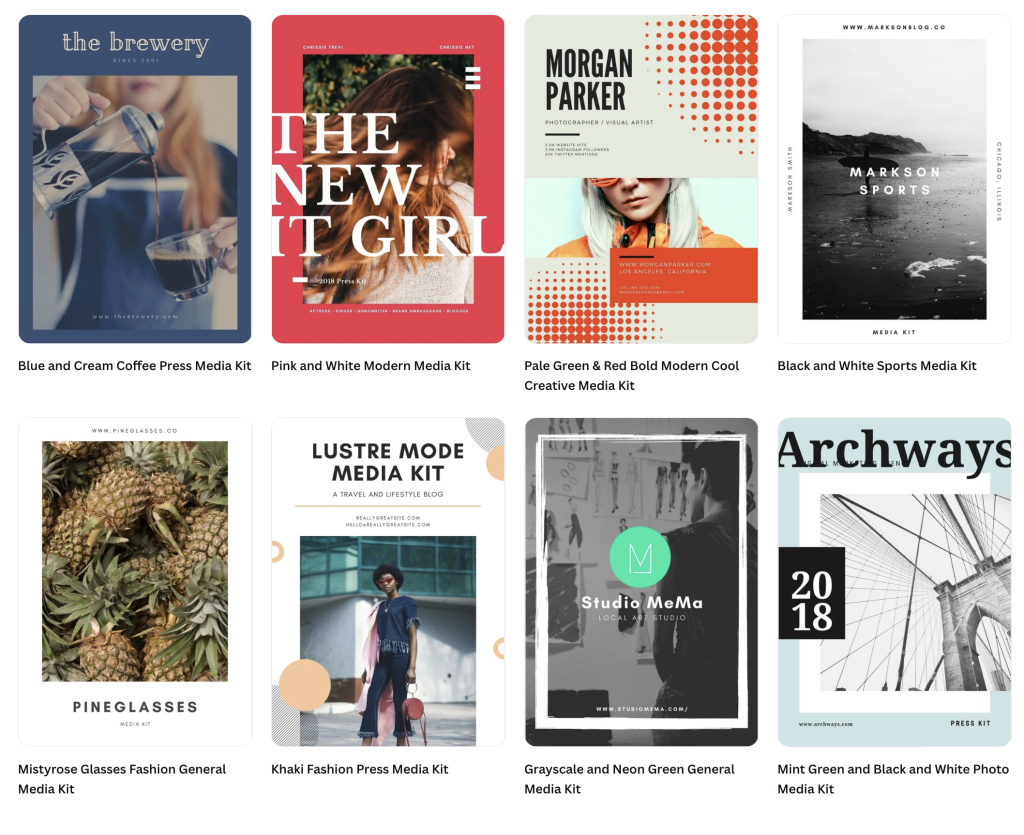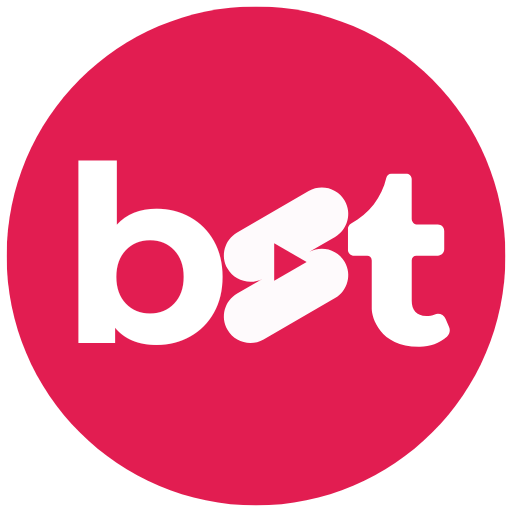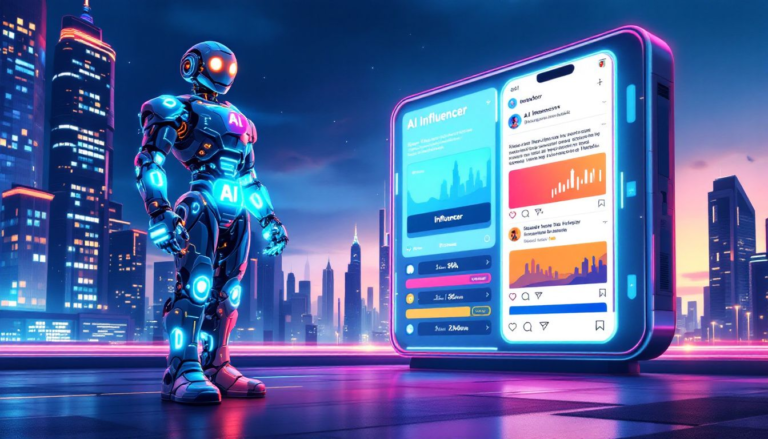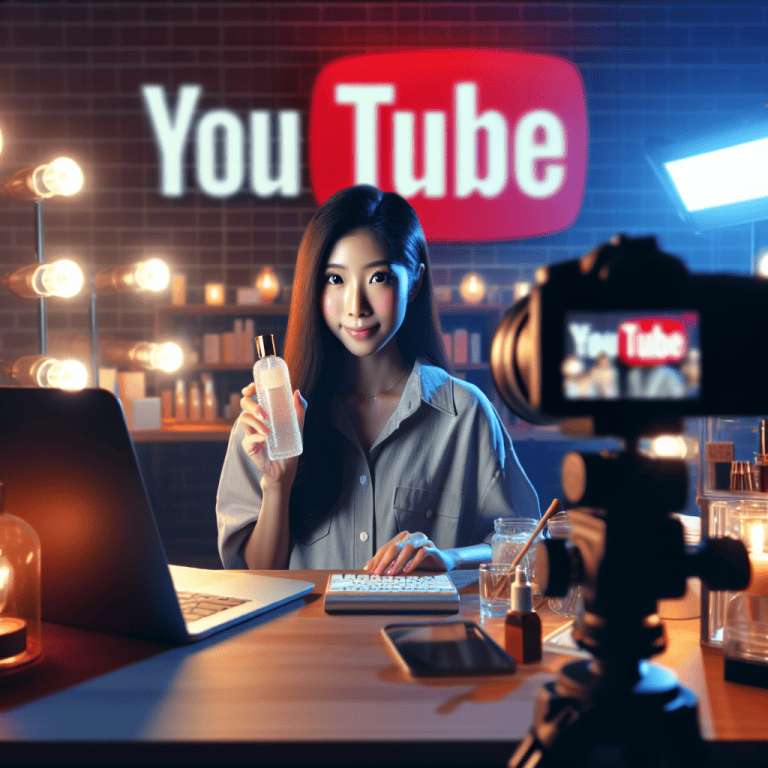Crafting an Influencer Media Kit in 2024: The Ultimate Guide
Introduction to media kits:
Did you know that 68% of brands plan to increase their influencer marketing budgets in 2024? (Influencer Marketing Hub, 2023) That’s huge! But here’s the catch – to grab a slice of that brand collaboration pie, you need a knockout influencer media kit.
Most creators don’t have an influencer media kit, but don’t worry, we’ve got your back!
In this guide, we’ll dive into everything you need to create an influencer media kit that’ll have brands lining up to work with you. Ready to level up your influencer media game? Let’s go!
What is an Influencer Media Kit?
An influencer media kit is essentially your resume you use for brand collaborations. It is a professional document that showcases your brands best work, audience demographics, engagement rate metrics, and any other essential information that brands need to know before deciding to work with you. Previous collaborations can also be mentioned to boost credibility.
Think of an influencer media kit as your up to date digital resume and portfolio combined. It’s a powerful press kit tool that helps you make a lasting impression on potential partners.
Why Do You Need an Influencer Media Kit?
Brand Partnerships are one way for monetizing your social media accounts. Having a content creator media kit ready for potential clients request, shows the points below:
- Professionalism: A well-crafted media kit document, highlights your achievements, statistics, and capabilities as a social media influencer. It demonstrates your commitment to your identity and positions you as a serious content creator and valuable partner for brands looking to leverage influencer marketing.
- Time-saver: Having a ready-to-share document streamlines the collaboration process, saving time for both you and potential partners.
- Value proposition: It clearly communicates your unique value and what you bring to the table, making it easier for brands to see the potential in partnering with you.
- Negotiation tool: A media kit provides concrete data that can support your rates and help you negotiate better deals. It shows performance data, engagement metrics and key information about your brand in one place, serving as your online business card.
Importance for Brand Partnerships
There is a big opportunity for revenue when you consider teaming up with brands on social media platforms. Securing partnerships can bring in residual revenue for your brand that will allow you to make a steady online income.
Setting You Apart
A professional media kit sets you apart from other influencers by showcasing your unique strengths and accomplishments. It’s your opportunity to make a strong first impression and demonstrate why a brand should choose you over others. Having a media kit prepared, with your contact details can set you apart from most creators.
Influencer Media Kit Examples:

Below are some examples of influencer media kits from a wide range of niches:
Fashion Influencer Media Kit
Beauty Influencer Media Kit
Travel Blogger Media Kit
Lifestyle Bloggers Media Kits
Pet Influencer Media Kit
Other Influencer Media Kit Templates
All of the above are concrete examples of a personal brand identity with a clear understanding of the potential benefits of working with them. If you are looking for an influencer media kit template, you should check out Canva. If you prefer a professional to design a great media kit for you, try Fiverr for hiring someone to edit your media kit templates for you.
A Winning Influencer Media Kit – The Essential Elements To Include
To create a great influencer media kit, certain elements are non-negotiable, even for s smaller, nano influencer. Here are the things that you need to include:
Professional Bio and Brand Story
Your bio should be concise yet informative, highlighting your background, niche, and unique selling points that sets you apart from other influencers in your niche. A professional headshot adds a personal touch and helps brands put a face to the name.
Social Media Statistics and Demographics
Include key metrics such as follower count, performance statistics, such as engagement rate, and audience demographics, like gender breakdown when pitching brands via a press kit. You want your prospective brands, potential collaborators, and other creators to know what to expect from your audience.
How many followers you have isn’t always a true indicator of actual audience size. Social stats may show a lower following, but engagement metrics may show a larger reach. This data helps brands understand their potential through sponsored content and the type of return your influence can be on their target audience.
Content Examples and Previous Collaborations
Showcase your best content and past collaborations to demonstrate your quality and reliability. Include screenshots, links, or even brief case studies to provide context.
Pricing and Collaboration Options
Clearly outline your services and pricing. Offering different packages or customization options can make you more appealing to a broader range of brands. Also include your contact details to directly get in touch with you.
Designing Your Influencer Media Kit Tips and Tricks
An Influencer media kit template design matters just as much as content. A well-designed media kit can make a lasting impression on potential brand partners.
Choosing the Right Format
Whether you opt for a PDF, website, or interactive format, ensure it’s easy to read and visually appealing. Each format has its pros and cons, so choose one that best suits your style and needs.
Incorporating Your Personal Brand
Your media kit should reflect your personal brand and be aesthetically on brand with a matching color palette. Use colors, fonts, and design elements that are consistent with your social media platforms to create a cohesive look.
Using Visuals Effectively
High-quality visuals can make your media kit stand out. Use your own images, charts, and infographics to showcase your work and statistics in an engaging way.
Balancing Professionalism with Creativity
While it’s important to maintain professionalism, don’t be afraid to inject some creativity. A unique and eye-catching design can make your media kit memorable.
Crafting a Compelling Influencer Bio
A short bio is one of the most critical parts of your media kit. It’s your chance to make a personal connection with potential partners for special projects.
Highlighting Unique Selling Points
Focus on what sets you apart from other influencers. Whether it’s your niche expertise, unique voice, or creative style, make sure it shines through in your bio.
Showcasing Your Niche and Expertise
Clearly define your niche and areas of expertise. Brands are looking for influencers who are authorities in their field and can deliver authentic content.
Incorporating Personality and Values
Don’t forget to add a personal touch. Share a bit about your personality and values to help brands see if you’re a good fit for their campaigns.
Showcasing Your Social Media Presence
Your social media presence and target audience is a significant part of your influence. Make sure to present it effectively in your media kit.
Presenting Follower Count
Include your follower count for all your major platforms. This gives brands a clear idea of your reach across different active social media platforms.
Highlighting Growth Trends
Showcase any significant growth trends, engagement rate or milestones. This demonstrates that your influence is growing and that you’re actively engaging with your audience.
Demonstrating Cross-Platform Influence
If you’re active on multiple platforms, highlight your cross-platform influence. Brands value influencers who can reach diverse audiences across different channels.
Pro tip: A well designed kit will use visually appealing graphics or charts to present this data for easy comprehension.
Leveraging Audience Demographics and Insights
Brands are keen to know who they’ll be reaching through your influence. Provide detailed audience insights to give them a clear picture.
Breaking Down Audience Demographics
Include information about your audience’s age, location, gender, and interests. This helps brands determine if your followers align with their target market.
Showcasing Engagement Rates
Engagement rates are a crucial metric for brands. Highlight your average engagement rates to show that your audience is not only large but also highly engaged.
Demonstrating Audience Loyalty
Loyal followers are more likely to trust your recommendations. Showcase any metrics or testimonials that demonstrate the loyalty and trust of your audience.
Featuring Past Brand Collaborations and Case Studies
Your track record with other brands can significantly influence new partnerships. Make sure to highlight your best work using successful examples of social media posts from your best social media channels.
Selecting Best Work
Choose your most successful collaborations to feature. These should be examples where you’ve delivered excellent results and received positive feedback.
Presenting Measurable Results
Include specific metrics and outcomes from past campaigns. This could be anything from increased brand awareness to higher sales figures.
Testimonials from Brand Partners
Include testimonials from satisfied brand partners. Positive feedback from past collaborations with reputable brands can add credibility to your media kit.
Pricing and Collaboration Options What to Include
Transparent pricing and collaboration options make it easier for brands to decide to work with you.
Outlining Services
Clearly outline the services you offer, such as sponsored posts, product reviews, or social media takeovers. Be specific about what each service includes.
Providing Pricing Tiers
Offer different pricing tiers or packages. This can make your services accessible to brands with varying budgets.
Offering Customization Options
Allow for customization options when you create content for brands, to cater to specific needs. Flexibility can make you more appealing to many brands and potential partners.
Keeping Your Influencer Media Kit Up-to-Date
An outdated media kit can deter potential partners. Regular updates are essential to keep it relevant and effective.
Setting a Regular Update Schedule
Set a schedule for regular updates to your media kit, such as quarterly or bi-annually. This ensures that your information is always current.
Incorporating New Achievements
Regularly update your media kit with new achievements, such as awards, new collaborations, or significant milestones.
Adjusting Pricing
Adjust your pricing based on your growth and market trends of engagement rate. As your influence increases, so should your rates.
Conclusion
Whew! We’ve covered a lot, but now you understand why social media influencers need influencer media kits! You’re armed with everything you need to create an influencer media kit that’ll knock brands’ socks off.
Remember, your media kit is your ticket to amazing collaborations and opportunities in the influencer world. So put in the effort, show off your unique personality, and watch those brand deals roll in! Ready to create your killer media kit? Go forth and conquer the influencer universe – you’ve got this!
If you need help creating your own influencer media kit, contact us today by clicking here







